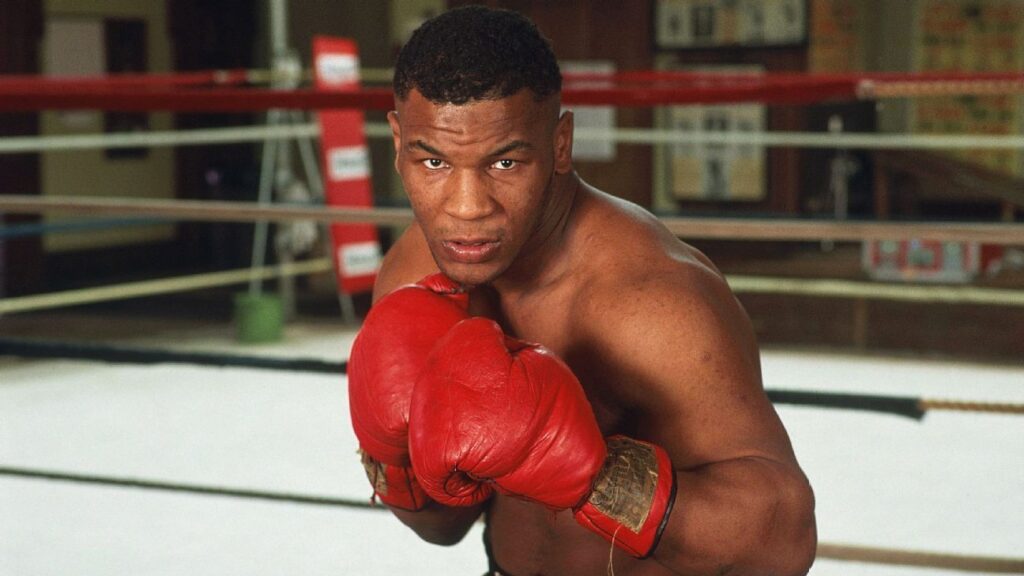When Mike Tyson stepped back into the ring in August 1995, just months after serving three years in prison, the world tuned in for a spectacle unlike anything boxing had seen before. Marketed under the bold tagline “He’s Back,” the event paired Tyson with relatively unknown fighter Peter McNeeley in Las Vegas. What followed lasted just 89 seconds, but its impact on pay-per-view boxing and the culture of fight promotion would ripple for decades.
The bout was less about competition and more about spectacle. McNeeley, a club-level heavyweight with an inflated record, entered the ring with fiery pre-fight promises, even claiming he would “wrap Tyson in a cocoon of horror.” Yet the mismatch was obvious. Tyson, even after a long layoff, remained one of the most feared punchers in the sport. The fight itself unfolded as expected: McNeeley rushed recklessly at Tyson, was quickly dropped, bounced up, and after a few more heavy blows, found himself on the canvas again. What ended the contest, however, was not a knockout but chaos. McNeeley’s corner stormed into the ring to stop the fight, resulting in a disqualification.
The ending may have frustrated purists, but the financial results told a different story. Over 1.5 million homes in the US alone ordered the fight, generating a record-breaking $96 million in television revenue. It was one of the easiest $25 million Tyson ever earned, and it underscored a crucial lesson: people would pay top dollar not necessarily for a great fight, but for the chance to witness a cultural moment.
In hindsight, this night laid the foundation for the modern era of pay-per-view boxing spectacles. From Floyd Mayweather’s clash with MMA fighter Conor McGregor to Tyson’s own late-life exhibition with Jake Paul, the Tyson-McNeeley fight proved that mismatches and novelty bouts could still capture the public’s imagination and wallets. It was boxing as entertainment first, sport second.
Though Tyson would go on to regain versions of the heavyweight title, he never recaptured the aura of invincibility that was shattered earlier in his career. Yet the 1995 comeback demonstrated his enduring magnetism. Despite personal turmoil and professional decline, Tyson’s mystique remained untouchable. Audiences didn’t just pay to see him fight they paid to see the hurricane of unpredictability he represented.
Three decades later, Tyson’s return against McNeeley stands as a turning point in boxing history. It showed that in an age of mass media and global broadcast, the power of spectacle could outweigh the purity of sport, reshaping the way boxing and combat sports are sold to the world.

